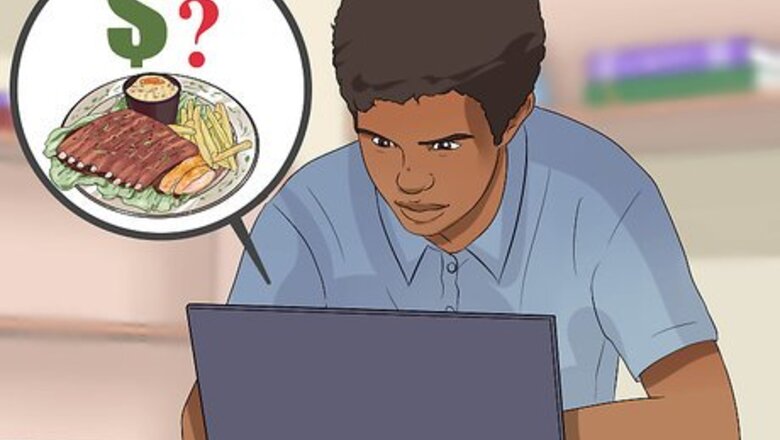
views
Choosing a Restaurant
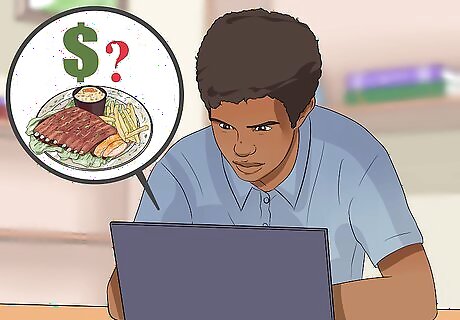
Decide your food preference and preferred budget. Check the free local newspaper for places that may have features, special events, or new dishes to offer. You can get a quick taste of the restaurant’s personality and faire this way. If you have the time, you may find it useful to look at a restaurant’s website for a menu and prices. Be sure to ask a friend or your favorite bartender; word of mouth is the strongest praise available and a good place to start.
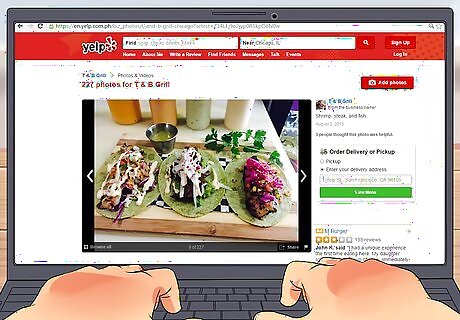
Check established food websites. Companies like Yelp, Google Reviews, and Trip Advisor offer a great resource to those who are trying to find the best restaurant. There are a number of signs to look out for on these websites on order to determine the quality of restaurant. Look out for the number of stars on the review. Any restaurant worth its salt will have at least three and a half stars, but ideally you should look out for four or above. Read a sample of reviews to see what the pros and cons of a restaurant. Reviews offer a great way to see what the best dishes as photos are often included with the reviews. Be sure to check the dates of the reviews. Some restaurants have changes in management so the content of the reviews may change depending on the date.
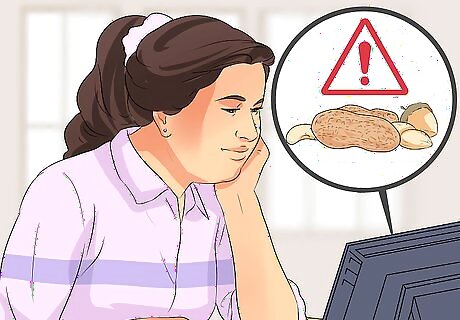
Consider dietary restrictions. For example, if you are a vegetarian, have nut allergies, or have celiac's disease it's crucial to carefully read over the menu to see if there will be an adequate number of options. Also, consider calling the restaurant to see if they have any dietary substitutions that aren't listed on the menu.
Assessing Etiquette Before Arrival
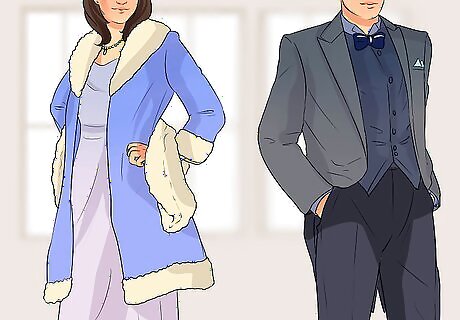
Wear proper attire. While few restaurants will outright refuse you for being underdressed, it's still important to dress the part if you're eating at an upscale establishment. Check out the restaurant's website to see what kind of dress code to expect. Jacket required. This is generally the highest dress code restaurants will require. This means the man is expected to wear a formal jacket such as a sports coat or blazer, while a woman should wear the equivalent such as a gown, dresses, or even pantsuits. Formal attire. For restaurants requiring formal attire, this dress code can be slightly more varied than a jacket required code. Women could wear cocktail dresses or more comfortable long dresses. Men should still wear something like a sport coat, but nice slacks and a tucked in button-down shirt would generally be acceptable. Formal-casual. Many restaurants will specify something in-between the fanciest and the most low-key establishments. Examples of formal-casual or casual elegant could be turtlenecks, nice sweaters, a simple black dress, button-down shirt with a light sports coat, darker colors, leather shoes, or jewelry. Casual. While casual is the most relaxed requirement for dress code, it doesn't mean you should wear sweaty, ripped clothing. Something as simple as a fresh t-shirt and a clean pair of jeans with sneakers is acceptable. Remember to keep up basic hygiene too. Casual doesn't mean you can spread body odor through the restaurant.
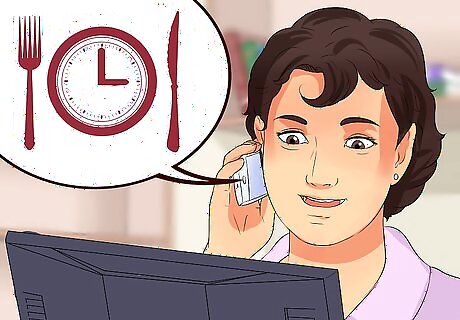
Make a reservation. When you have decided on a place, make a reservation even if it is only 15 minutes before when you would like to eat. This is a common courtesy and gives the host or employee answering the phone an opportunity to share any pertinent information about the night. Oftentimes, the restaurant will relay if there is a set special, fixed menu, or charitable event for the evening. The host also may suggest a preferred time to come, letting you know when you will get the most care and attentive service. Now would also be an opportune time to inform the restaurant and kitchen of any important dietary restrictions or serious allergies.
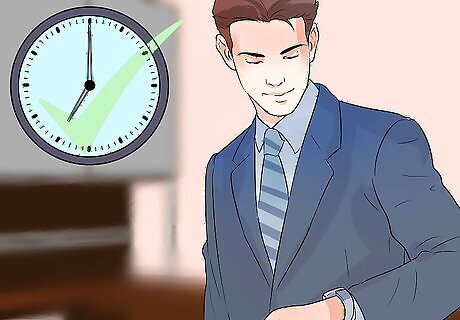
Be punctual. Just as in the case of a doctor’s visit or a job interview, arrive a few minutes early. This simple bit of pre-planning allows the restaurant to run a smooth schedule so other patrons aren't kept waiting longer. If you are running considerably late, be sure to inform the restaurant.
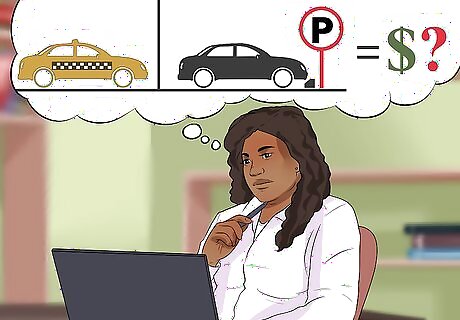
Look at parking options. Restaurants located in busy downtown centers may have a lack of parking so you need to consider whether it's necessary to bring extra money for parking decks or valets. Consider taking public transportation or calling a taxi if the parking situation looks especially dire so you don't spend more time circling for a space then you do eating your food.
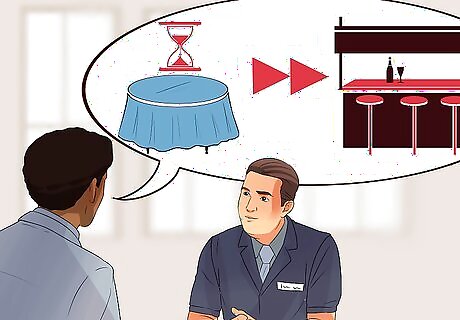
Offer to wait at the bar. if your table isn’t ready or they look particularly busy. A bit of empathy and a small nonchalant gesture of good will can go a long way toward assuaging a flustered restaurant worker who is momentarily overwhelmed. With any luck, you may even be given a complimentary drink or small offering from the kitchen as thanks.
Ordering Out
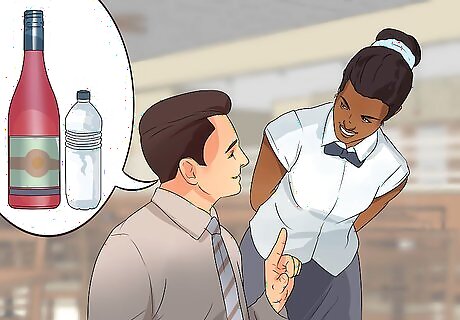
Order drinks first. If your server immediately asks you for your drinks and you're not sure, consider asking for water while you look over the drink menu. It's important not to get flustered and order something you're not completely satisfied with just because your server rushed to the table.
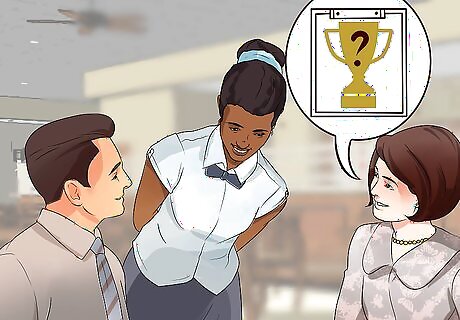
Ask about daily specials. Many restaurants will have rotating specials that can offer tasty surprises. Ask about the vegetable, fish, or soup of the day as well to make sure you're not missing out on the freshest ingredients or rare entrees.

Look over the menu and place your food order. Usually, by the time that the server brings your beverages, you can begin to order an appetizer. This is where looking at the restaurant’s menu online prior to arriving has its advantages especially if you are pressed for time. Be as specific as possible with your order. Make sure you've notified your server of any allergies you have, you would like the meat cooked, and any special changes from the way the item is listed. Check to see if substitutions are allowed. Some establishments take great pride in their menu options and don't allow any changes made to the entrees. Respect this mandate if substitutions aren't acceptable. If you're done ordering food, be sure to gather your menus and hand them to the server at the end of your order.
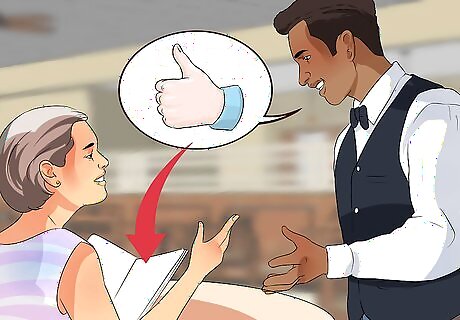
Ask for recommendations. Servers have detailed knowledge of the best options so it's always a good idea to pick their brain for ideas. Don't be afraid to take their suggestions if it's a dish that's foreign to you.
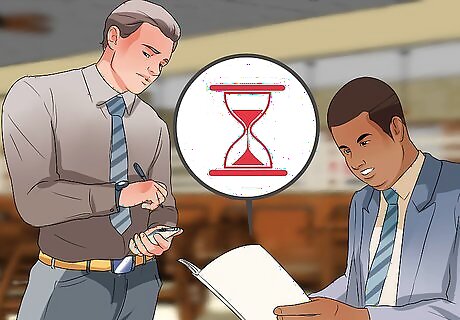
Be decisive. One of the quickest to get on your servers bad side is to order the chicken and the switch to the steak after the cooks have already started. Take your time to make sure you're happy with the dish in order to make the restaurant run as smoothly as possible.
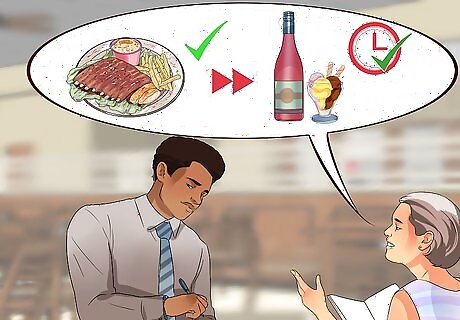
Place other drink or food orders at appropriate times. Timing is a key factor in a good dining experience, and, in order to hedge your bets, it is helpful to place orders at times when the server can give your request their full attention. Make an effort to speak clearly and be decisive.
Learning Your Manners

Enjoy your food and be sure to mind your manners. Shared plates are an increasingly common phenomenon, and it can be easy to make a culinary faux pas when a number of mouth-watering dishes hit the table, but remember to use the appropriate utensil and eat from your plate and not the serving platter. Naturally, the level of decorum and scrutiny to it depend on the kind of restaurant and your company. Nobody expects you to eat barbecue spareribs with a knife and fork.
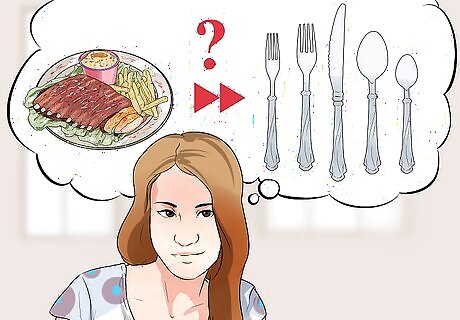
Know your utensils. Certain restaurants will offer a variety of utensils that can seem intimidating if you're not familiar with their uses. Take care to think about the different sizes of spoons, as well as alternative utensils such as chopsticks. Small stirring spoons are often used for coffee and teas. Obviously, these spoons should only be used for your drink. Soup spoons are deeper and more rounded. They are specifically shaped to ease the process of consuming your soup and are not recommended for other uses. A place spoon is about 7 inches long and is an all-purpose spoon. This is the most common spoon used at restaurants and can be used for entrees, soups, and desserts alike. Salad spoons have an elongated shape that is formulated to make salads easier to serve. They can occasionally be chilled as well.
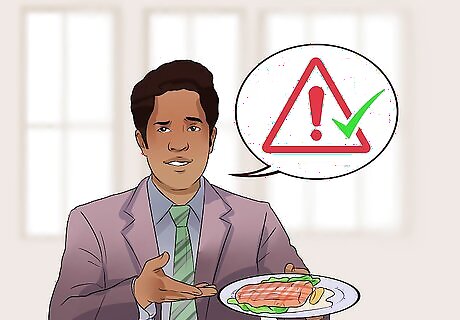
Follow up with your server about concerns, gripes, or further needs. Be sure to address any problems about the food with your server; a patron may want something sent back to the kitchen to be made again with or without an ingredient. By being straightforward and open about what you would like, the restaurant staff can attempt to correct the problem quickly and efficiently. If a serious error has been or a dead bug ended up in your entree, don't be afraid to ask for a free appetizer in order to compensate for unsanitary dining experience.
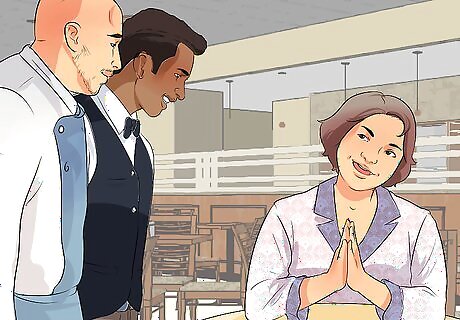
Give your thanks to the chef and kitchen team. If you enjoyed your food, be sure to send your thanks to the back-of-house staff as well. In some places, you can specifically tip them, and in most others, you can buy them a round of drinks that they can have after their shift.
Paying and Gratuity
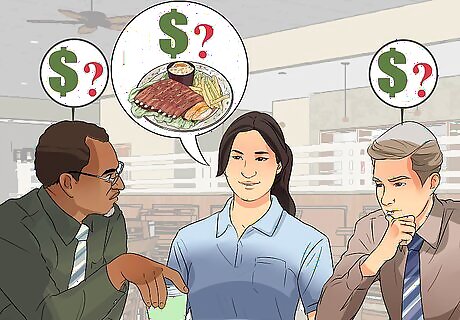
Establish payment with your group beforehand. Make sure everyone is clear who is paying for what so you're not in an awkward situation where someone doesn't have enough money to pay for their food. This is also crucial so you can easily explain to your server how you want the check divided when it comes time for payment.
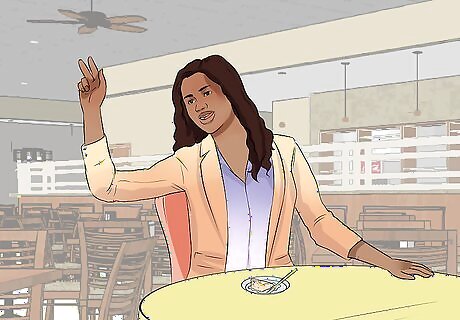
Ask for the bill when you are nearly done with dinner or dessert. Your server may bring the bill without being asked, or they may wait for you to initiate it so that they do need seem like they are rushing you out of the restaurant. If you have the time, try one of life’s small luxuries and order an after-dinner coffee, espresso, or digestif while waiting for the bill to arrive.
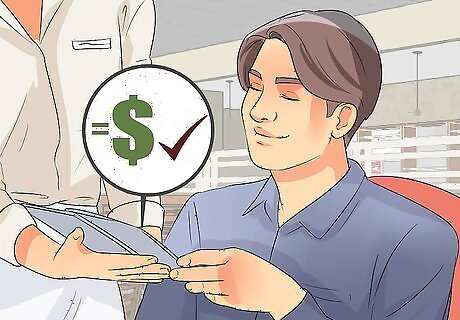
Check the total of the bill to make sure that there are no errors. The end of a meal especially one between a number of separately paying parties can be a hectic time, and a mistake may have been made. Ensure that you are paying the correct amount.
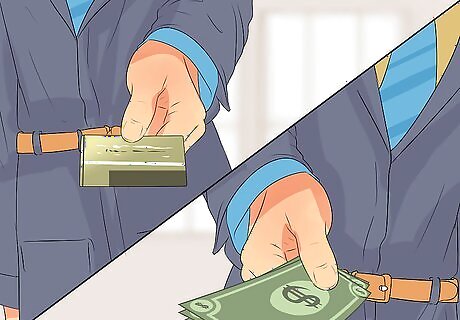
Pay the bill by credit card or cash. The server will bring back any change if necessary. Remember that in the United States, a tip for the server is expected to be about 20% of the total bill. If they have given you excellent service above and beyond what was expected of them, you can give them more.




















Comments
0 comment